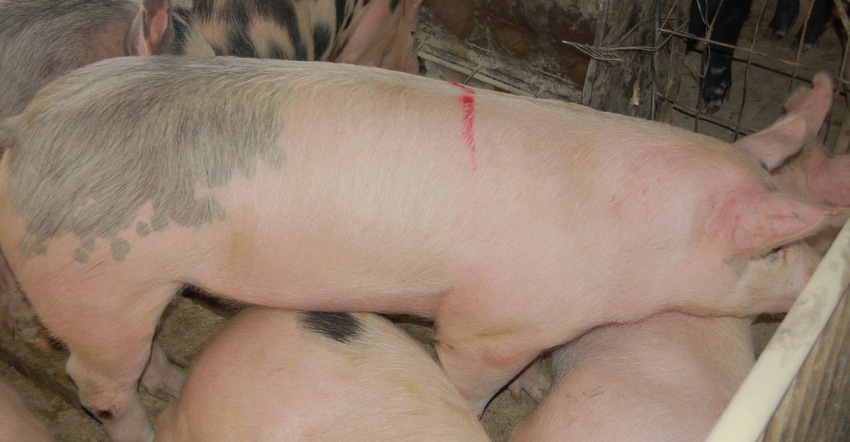September 4, 2018

By Chris Hurt
All you need to say is “1998” and a pork producer’s expression will turn sour. In the fall of that year, hog prices essentially dropped to zero. They were never recorded as zero, but if you wanted to sell an extra load of hogs for immediate delivery, there were no bids.
Rather, the price might be $8 per live cwt, but that was for delivery in a week. A load of hogs that had to be delivered that day had no value.
Unfortunately, this fall there are two parallels to 1998. The first is that losses this fall could be among the largest since that last quarter of 1998. The second is that the U.S. government is making direct payments to pork producers.
Losses in the last quarter of 1998 were estimated at a record $45 per head. Current estimates for losses in the last quarter of 2018 are not quite that bad, but there remains an unusually high level of price uncertainty this year due to the pork tariffs on U.S. exports to Mexico and China. We all will remain hopeful that prices will not be so deeply depressed.
The government has arranged to make direct payments to pork producers to help them weather the weak prices partially caused by retaliatory tariffs. Maybe not so surprisingly, direct government payments to pork producers were also made in early 1999, to help producers recover some of the horrible losses of late 1998.
More pork, fewer exports
That program in 1998 was called the Small Hog Operation Program. Producers could receive $10 per head for up to 500 head of hogs marketed during the last six months of 1998. That means the maximum any one producer could receive was $5,000. That certainly didn’t cover the losses of $45 per head that most suffered.
In addition, larger producers were simply not eligible to receive payments. Farms eliminated from the program included those marketing more than 2,500 hogs in the last six months of 1998 and hog farms with incomes above $2.5 million.
This fall, pork production is expected to be up by 6%, and that’s a lot of pork! So, this is a really bad time to have restriction on our markets. Tariffs are taxes on U.S. exports. When we have record supplies of pork and limits on our ability to access some export markets, prices tumble and our efficient producers suffer.
The years of 1998 and 2018 have similarities for pork producers. It has been 20 years since industry losses were at records. We all remain hopeful that this year’s pork industry will not be a repeat of 1998.
Hurt is a Purdue University Extension ag marketing specialist. He is also a former hog producer himself who writes from West Lafayette, Ind.
You May Also Like




